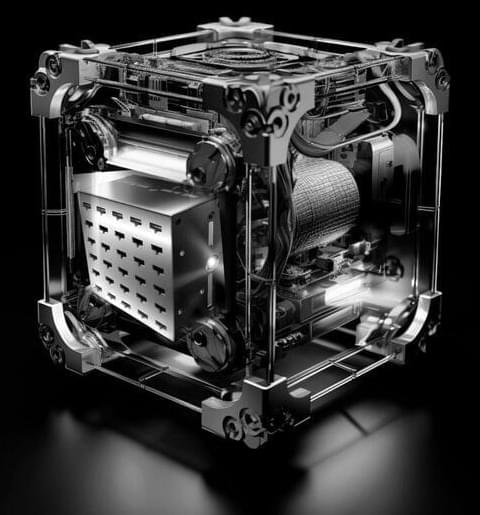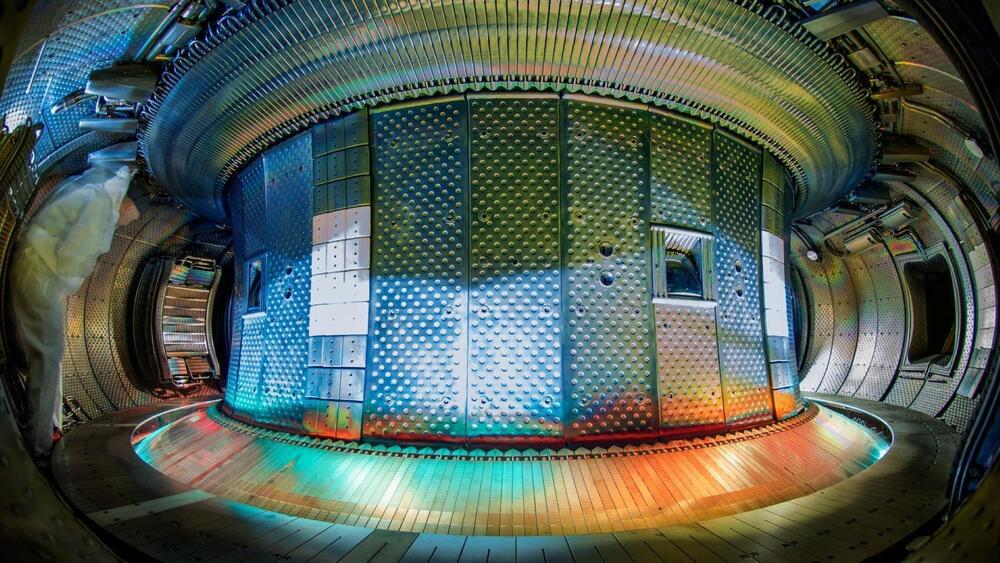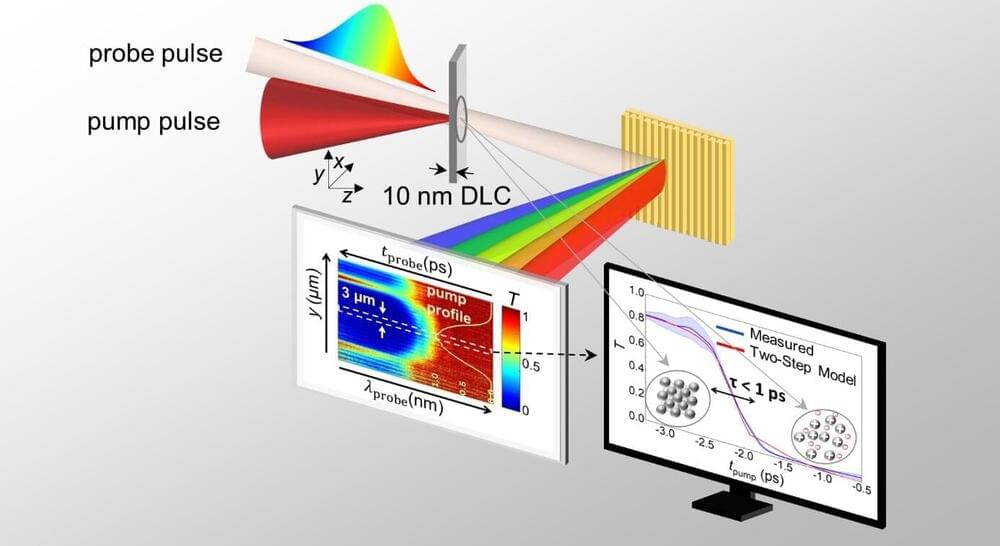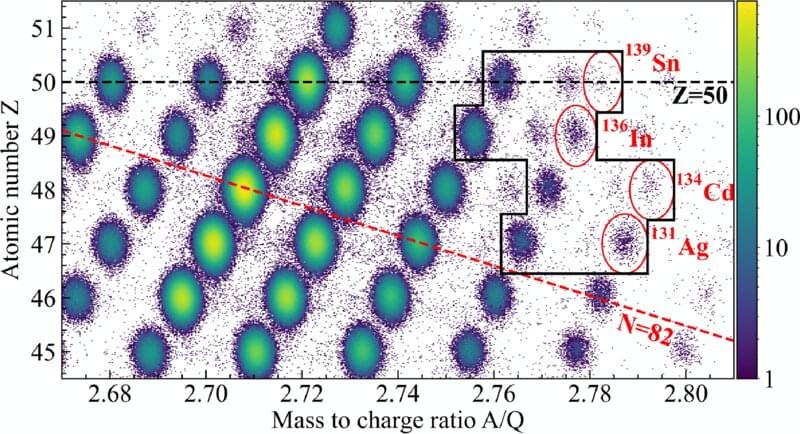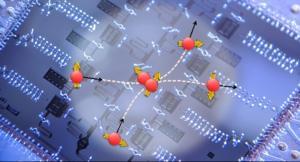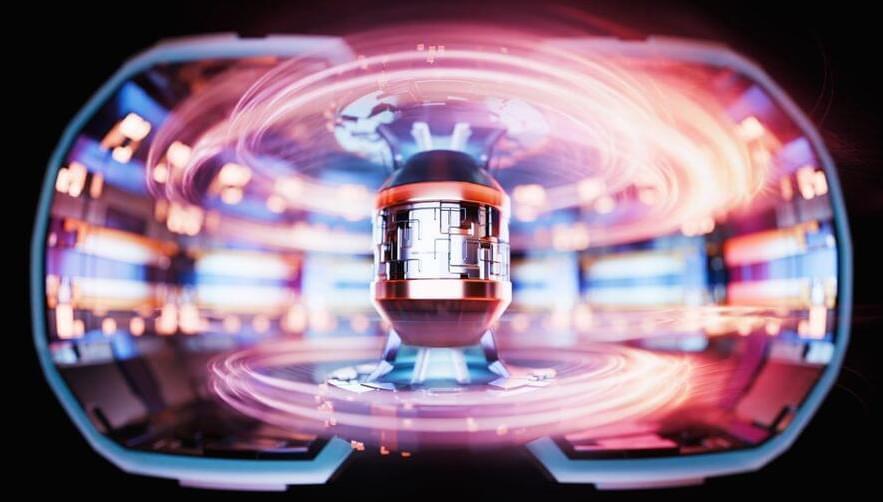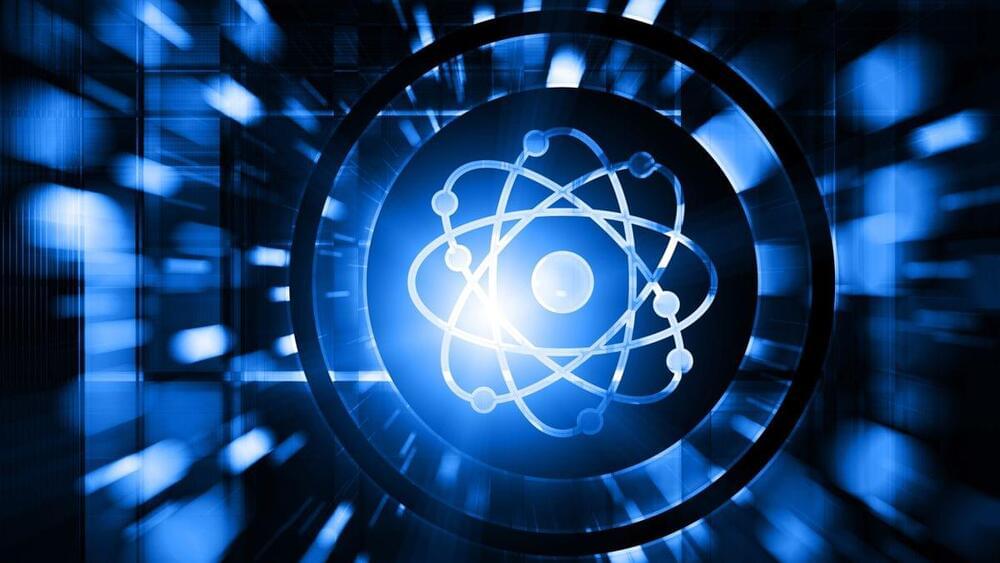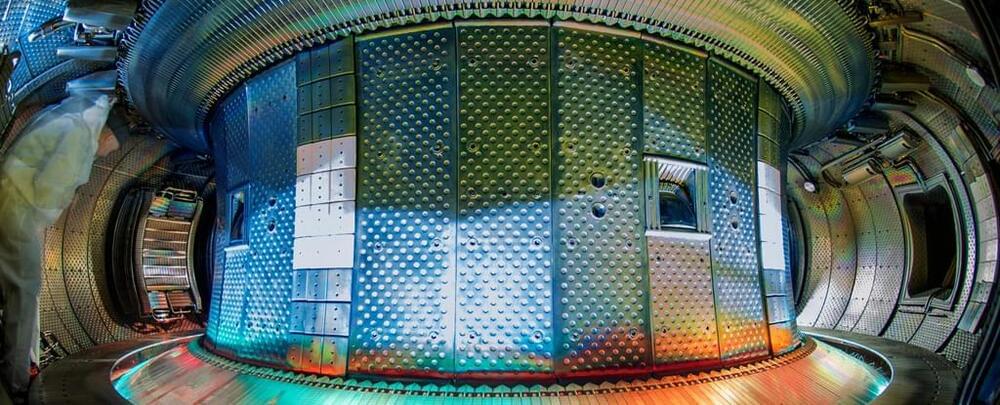May 26, 2024
World’s 1st nuclear fusion-powered electric propulsion drive unveiled
Posted by Shailesh Prasad in categories: nuclear energy, space travel
A concept that began as a doodle at a conference years ago is now becoming a reality.
RocketStar Inc. has showcased its advanced nuclear-based propulsion technology called the FireStar Drive.
It is said to be the world’s first electric device for spacecraft propulsion boosted by nuclear fusion.
